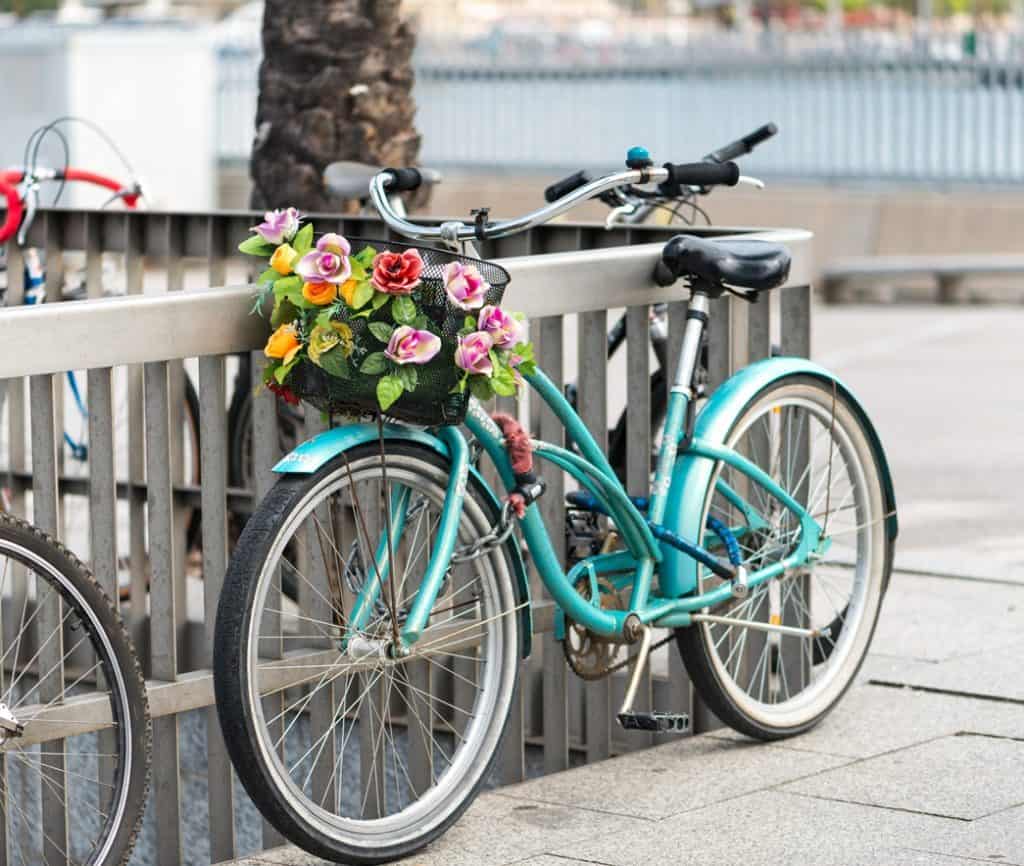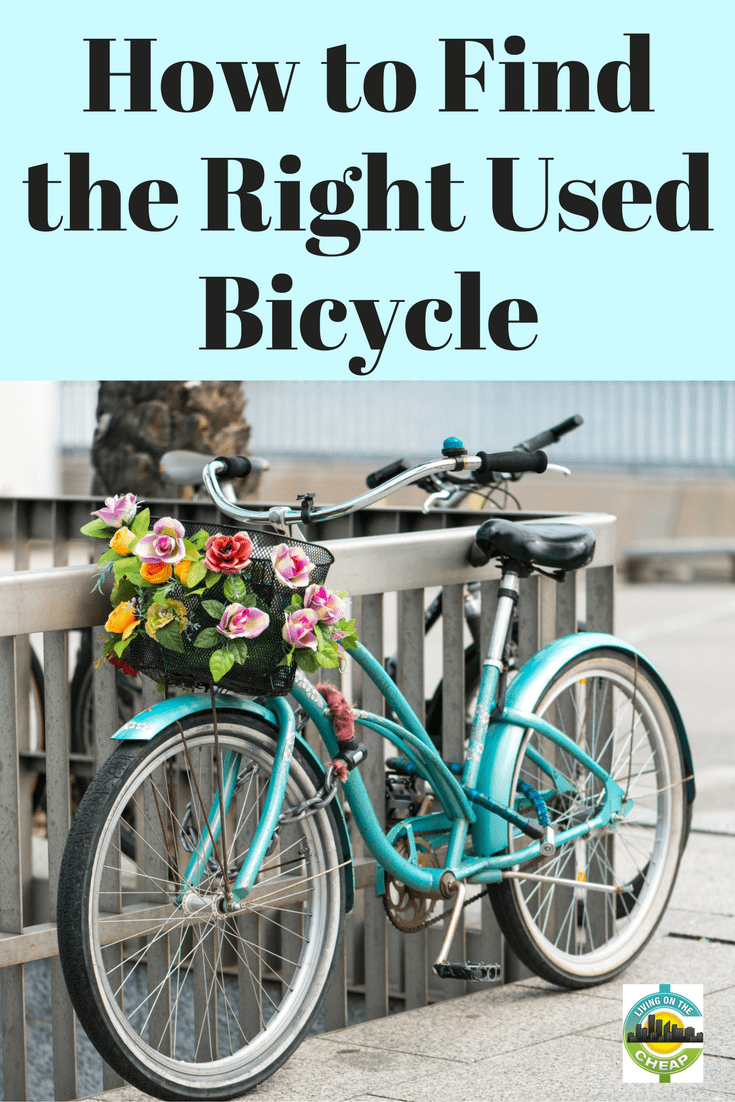You may have decided bicycling is a great way to keep fit, but you don’t want to buy new. You can find great deals on used bicycles at yard sales or thrift stores, newspaper or Craigslist ads. Pavel Cherkasov of Magic Wheel Bike Shop in Websterville, Vermont, cautions that before you buy a used bike from an online source, you need to know your needs and be willing to take a risk. He also suggests contacting your local bicycle shop to ask about bike swaps. Here are a few things to consider before buying a used bicycle.

What is your bike path? Are you planning to hit the trail or travel dirt roads? Pavel recommends looking for a mountain bike. These sturdy bikes can handle ruts and rough terrain. They can be used on the road, but are typically slower due to a smaller wheel diameter. A “hardtail” version of mountain bike has suspension in the front but not in the back, making it lighter in weight but less able to handle difficult surfaces. If you are new to bicycling, a mountain bike could be the best beginner bike; wider handlebars and greater stability can make it easier to handle.
Do you plan to travel city streets? Pick a bicycle with skinnier tires – a road bike or a hybrid. Some road bikes cater to the recreational cyclist, with slightly wider tires and seats. Two types of handlebars are available. Drop bars allow for a number of gripping positions and are more aerodynamic; however they could cause more strain on your back. Flat bars are more upright, giving you the ability to sit up straighter and be more relaxed.
Size matters. Try it out – make sure you can reach the ground with your feet, with clearance of about one inch for a road bike and at least two inches for a mountain bike. Allow a bend in your knee when the pedal is at the lowest point of rotation – but not too much. “It’s the worst thing to have a bike that doesn’t feel right or makes your knees hurt,” says Pavel. “You can adjust the handlebars and seat to a degree, but bikes come in different sizes and you should find one that fits you. Modern bikes sometimes have sizes in small, large and extra large. Mountain bikes usually start at 13 or 14 inches and go in increments of 2 inches. If you are 6 feet tall you would probably need a 19- or 20-inch bike.” Don’t buy a larger bike for a child thinking he will “grow into” it. Make sure it fits properly for both safety and comfort.
What’s in a name. Cherkasov says that when looking for a used bike, look for a quality manufacturer instead of a department store brand. Lesser quality bicycles usually go out of tune more often, and require more maintenance and repair. Older bikes made by reputable manufacturers are your best bet. Don’t rule out used bikes offered by independent bike dealers or repair shops. They guarantee their work and can’t afford to have a customer bringing in a shoddily made bicycle more often for repeat fixes.
Frame of reference. Look at the condition of the frame. Has the bike been left outside to rust, or has it been kept safe from the elements? Look for signs of wear and neglect. Get on the bike and try it out. Does it shift easily? Do you need a lot of force to apply the brakes? Are there any unusual clicking or scraping noises? Estimate any repairs and factor into the cost.
What if you find a good quality bicycle at a garage sale, but the tires are flat and you can’t take it for a test drive? If the frame is in good shape, says Cherkasov, he would take a chance on a bike that could be a decent ride with a minimum investment. “Oftentimes we see old bikes that have been sitting in the garage for years. The tires tend to crack with age. We change the tires, and for a small cost they have a good bike. But if the frame is bent or broken, that is a good indication that everything else on the bike has suffered, too.”
Ask your local expert. Use your local bike shop as a resource – tell them you are thinking about buying a bike and ask questions. If possible ask if you can bring the bicycle in for an estimate of repairs before buying. “Most shop owners are very knowledgeable and like to offer suggestions, simply because they love cycling,” says Cherkasov. “It can be costly, but having a shop do quality work on a great used bicycle can pay off with years of pleasure. ”

